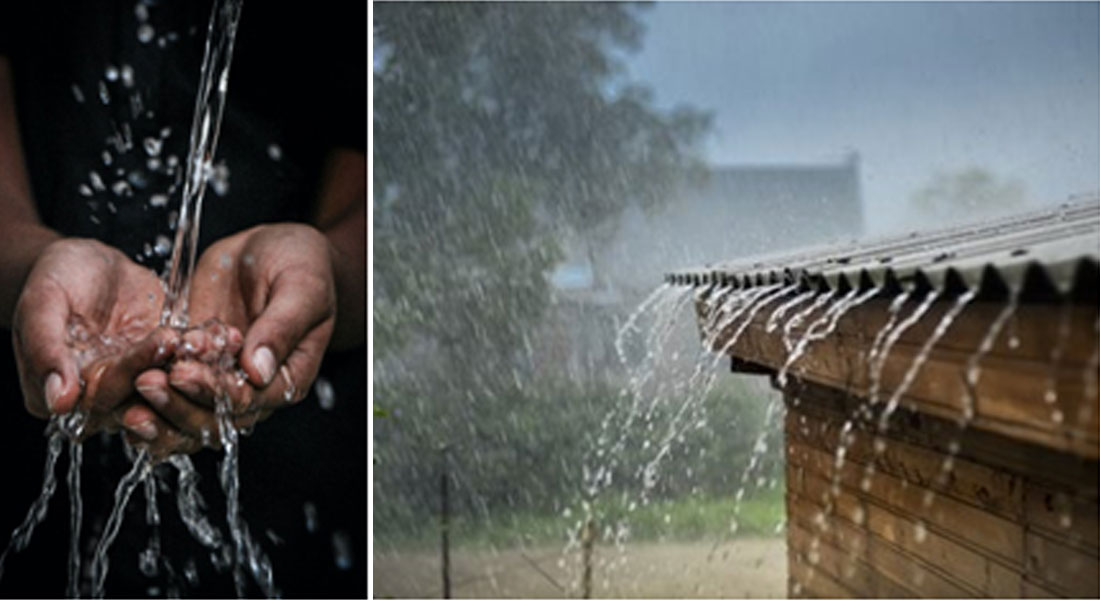Rain water harvesting methods are valuable for achieving self-sufficiency regarding household water and combating water scarcity. It also holds significant potential as a business venture in the future. Collecting and treating rainwater and stormwater from rooftops and the ground increases water availability for human consumption significantly without putting undue pressure on other primary water sources.
What Role Does Rainy Play?
At Rainy, we came up with creative solutions to the situation because of rainwater collecting. Rainwater has no long-term harmful effects and is suitable for consumption or home usage. Our technologies and rain water harvesting methods offer an affordable and unquestionable response to the need for water conservation without interfering with the hydrologic cycle as the expense of using current techniques to recycle wastewater for human use rises.
Our method of rainwater harvesting
Submersible harvesting system
Before being redistributed through a direct-pump harvesting system, water collected in underground tanks must undergo necessary filtration procedures. This system, which is commonly installed in homes, is relatively straightforward. Water enters the tank through a combination of gravity and a pump and is then distributed to household appliances through another pump. This type of rainwater harvesting system is called a "submersible direct pumped rainwater harvesting system."

- Indirect gravity rainwater harvesting systems
Storage tanks for indirect gravity systems are positioned in the higher parts of your property. Most of the time, they are situated above the building's roof. A pump transfers the rainwater gathered from the roof and drains to the tank, although it may also be dispersed from the tank using gravity. Using this technology, you can conserve a lot of energy since the water only needs to be pumped once.
- Systems of indirect pumped rainwater harvesting
To store rainwater, position storage areas on the surface or in a shallow underground location on your property rather than fully underground. You can store the water in multiple tanks, either underground or inside the building. The benefit of utilizing a hydraulic or electric motor with a pressurized flow to pump water is that it offers significant flexibility, ease of maintenance, and control over the amount of rainwater collected.
So, if you want to invest in high-quality rain water harvesting methods , get in touch with us, and we have the right solution to meet your requirements.

